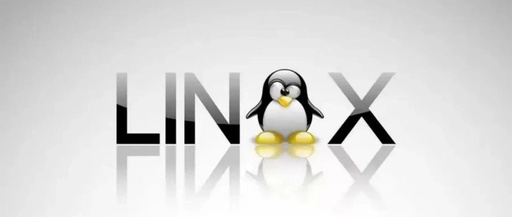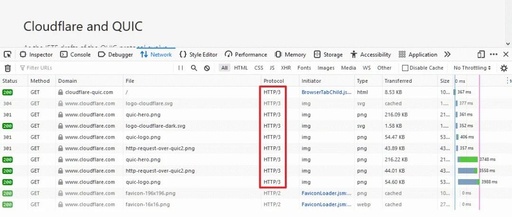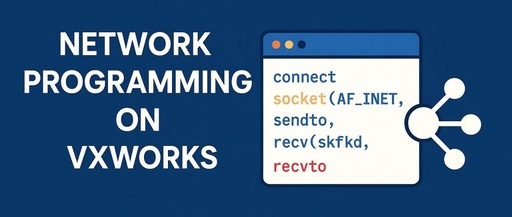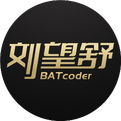30-Day Challenge: In-Depth Study of Linux Server Program Development
In the previous article, “30-Day Challenge: Linux Server Program Development: Starting from Sockets,” we implemented a client that initiates a socket connection and a server that accepts a socket connection. However, for functions like socket, bind, listen, accept, and connect, we assume the program runs perfectly without any exceptions, which is clearly impossible. No matter … Read more








